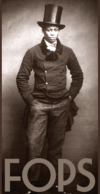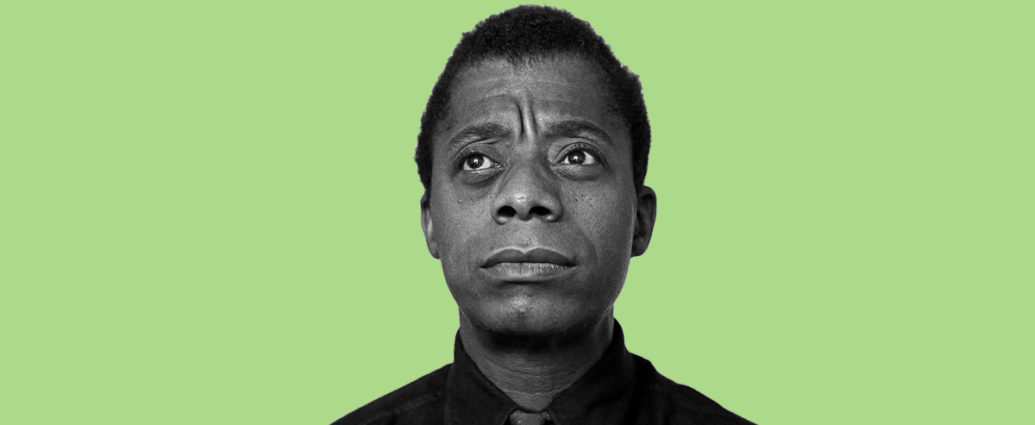
Baldwin’s Nigger (1969) was Horace Ové‘s first film. Shot in a plain and simple verité style in black and white, the film represents a triumph for the filmmaker in presenting dialogue between black people as if no white people were present. This allows the speakers and audience to deal with issues without the need to self-censor. In addition it allows James Baldwin to make a direct connection with his mostly African-Caribbean audience by drawing on cadences, language and a vibe which cuts through the varied African cultures of the New World.
The issues raised by Baldwin and Dick Gregory, as well as from the floor, will be familiar to contemporary audiences, but Baldwin‘s responses are never clichéd and prove provocative even today.

Baldwin boldly rejects notions of race and colour. Everyone is tainted by racism and hurt by it: “White men lynched Negroes knowing them to be their sons. White women watched men being lynched knowing them to be their lovers.” Finally, he casts a grenade into the cauldron: “How are white Americans so sure they are white?” He alludes here to the dark secret of racial mixing so carefully hidden in many ‘white’ American families and those in the ‘New World’.
Responding to a question from a brave ‘White’ Trinidadian, Baldwin declares that white liberals in the Black Power movement do more harm than good, as they tend to join with a white missionary attitude. He adds that most in the Civil Rights movement are working for the CIA – as are some black people in the movement. Gregory, however, argues there is room for anyone with a ‘Black attitude’, and that just as dangerous are black people who ‘act white’, for example the “coloured doctor who refuses to march or protest, but when the fight is won ends up being the first colored Public Health Inspector”
/cdn.vox-cdn.com/uploads/chorus_image/image/64061598/1_x9rU6OGDup9tVAFTMoWkOA.0.0.0.png)
Baldwin highlights the radical position of the Black Christian Church in American society, citing the way hymns were used as coded messages for resistance and rebellion. He shows that slaves who seemed submissive and passive were cleverly using the language of their masters and subverting it to their own ends. The tradition of twisting the English language in rap and ragga makes their descendants rich.

